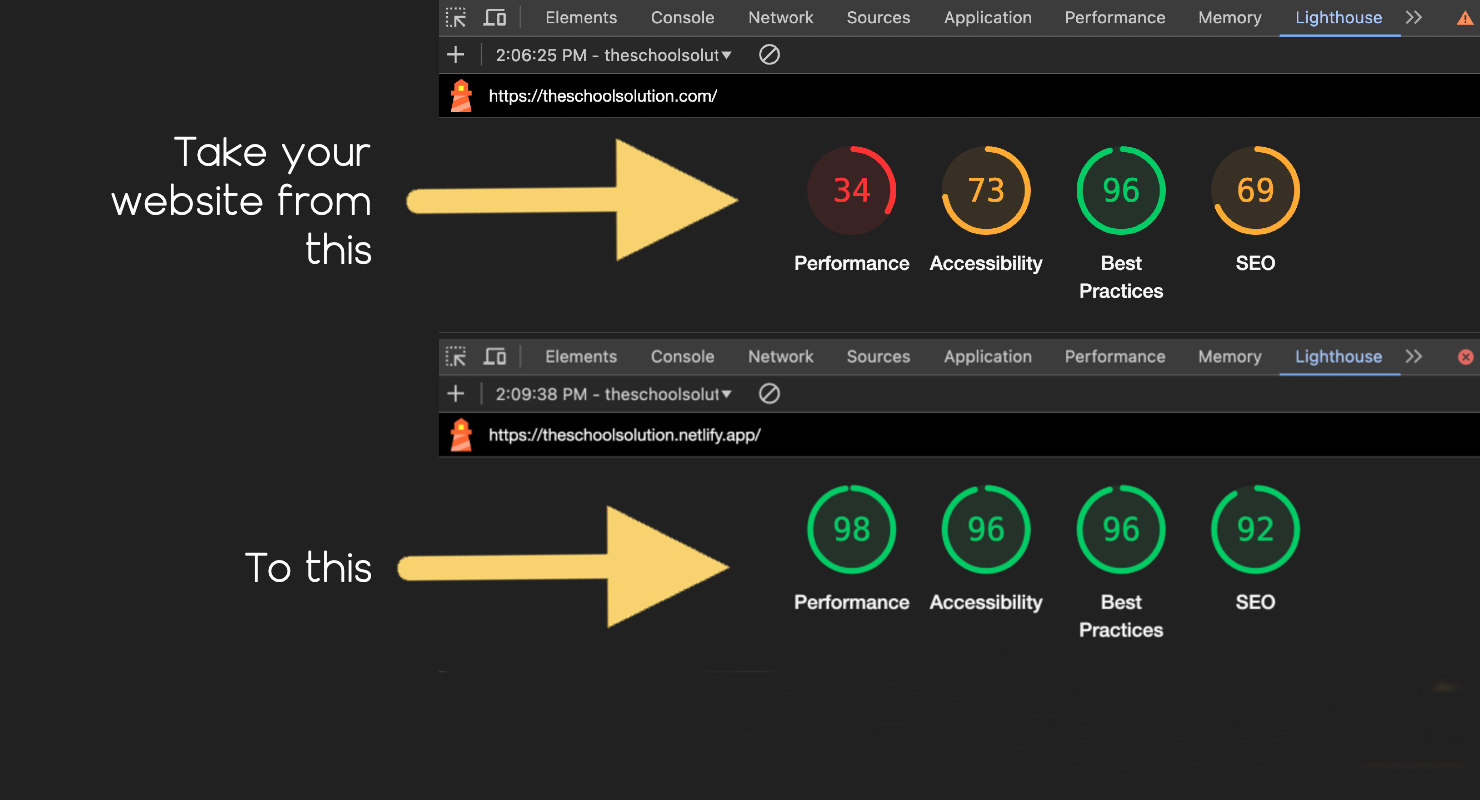
Optimizing Content for SEO: A Plain-English Checklist
If you run a small business, please don't fall for the scammy SEO tricks. You need pages that answer REAL questions and get found. This guide shows how to pick one keyword relevant to your business, write a useful page, and place things where Google expects them.
Quick glossary
Keyword: The main phrase someone types into Google. Example "roof repair St George, Utah"
Search intent: What the person wants. Example:
- "roof repair St George, Utah" = hire someone;
- "how to fix a roof leak" = learn.
Title tag: The blue line you click in Google results
H1: The main heading on your page (what visitors see at the top).
Meta description: The short blurb under the blue line in Google search
Alt text: A short description for images (helps screen readers and Google).
Internal link: A link to another page on your own site.
1) Pick one primary keyword (and keep it simple)
Pick one phrase your page is actually about.
Example:
If you sell cleanings in Salt Lake City, use 'dental cleaning Salt Lake City', not 'best toothbrush 2025'. Different intent.
Where it goes (once, naturally):
- Title tag
- H1
- First 100 words
- One subheading
- One image alt
- The URL slug
If the sentence sounds weird, rewrite the sentence. Never try to force the keyword. Google uses many ways to determine if a site has helpful content, so it's best to play by the rules. Google deprioritizes websites who attempt to 'game' the system.
2) Check search intent before you write
Google your keyword. Open the top 3 results.
Ask:
- Are they selling a service or teaching a how-to?
- What questions do they answer?
- What did they miss?
Example:
For "dental cleaning Salt Lake City," top pages show pricing, what's included, insurance, and how to book. Your page should do the same and add anything missing (ex: first-time patient steps). Be careful to not copy or plagiarize any content on their site. Simply use it as a basic structure of what you'll need to compete.
3) Outline first
Make a fast plan:
- Goal (one line): "Help Salt Lake City patients book a dental cleaning"
- Must-answer questions (3-5): Price, what's included, length of appointment, insurance, how to schedule.
- Order: Intro > What you get > Price > What to expect > FAQ > CTA (Call-to-action)
- CTA: "Book your cleaning" in the header and footer.
Aim for 800 - 1,200 words unless your topic needs more. My general advice is the more words you have on your website, the Google has to work with when determining when and where you show up in search results.
4) Write for humans
Try to keep sentences relatively short with clear subheadings. Use bullets for steps and lists, and always put the answer to what your users are searching for at or near the top of the page. Add the details after.
Take this before and after example:
Before:
"Our office provides comprehensive dental cleaning services that prioritize patient outcomes across a range of demographics..."
After:
"You'll get a full cleaning and polish in about 45 minutes. We check gum health, remove tartar, and answer questions before you go."
The "after" talks like a human and matches how people actually search.
Why it's better for SEO:
- Search intent match: People type "teeth cleaning", "remove tartar", "how long is a cleaning", "gum check", not "prioritize patient outcomes across demographics". The after uses those real phrases.
- Stronger keywords: It hits concrete terms: full cleaning, polish, 45 minutes, gum health, remove tartar, questions. Those map to queries and entities Google understands.
- Higher engagement: Plain language boosts readability, time on page, and conversions. Better behavior signals usually help rankings.
Nobody's Googling "patient outcomes across demographics." They're Googling "how long is a teeth cleaning and do you scrape the tartar?" The after answers that.
5) Put things where Google looks
Title tag (about 50-60 characters):
Dental Cleaning in Salt Lake City | Price & What to Expect
H1:
Dental Cleaning in Salt Lake City
Meta description (about 150-160 characters):
Full cleaning and polish in about 45 minutes. See what's included, price, and how to book today.
First 100 words:
Say what you do, for whom, and how to start. Use the keyword once...naturally.
6) Images and accessibility
I do lots of website audits for small businesses looking to improve their rankings with SEO. They often don't realize the impact properly sized images can have on a website. When you upload images to your website using a page builder like Wix or Wordpress, it's important to resize the image so users who visit your website don't have to wait for the extra large image to download. Huge images make sites slow, janky, and hard to rank. Right-sized images keep things fast.
Why does image size matter?
- Speed / Core Web Vitals: Oversized images balloon LCP (Largest Contentful Paint). Slow pages drop users and rankings.
- SEO: Google factors speed and stability. Smaller, well-sized images help you win snippets and positions
- Cost: Smaller images take up less bandwidth. Depending on where you host your images for your site, that could lower bills and make your site much faster in return.
Do it the right way:
- Export to the largest size you actually display, not bigger.
- Try to use the WebP format for images. It's built for the web and delivers high quality with smaller file sizes. Keep PNG image files for logos and SVGs for icons.
- Try to keep images under 400KB tops
7) Local SEO (if you serve a city)
Mention your city and nearby areas in natural sentences. This helps Google piece together your website and show it in relevant search results. Again, more words on your website help Google do a better job of this. Keep your NAP (name, address, phone) the same everywhere. Create a Google Business Profile and link your website there. Make sure to get as many Google reviews as you can. 50 5-star reviews is a great start.
Conclusion
SEO isn't magic. It's about webpages that provide real answer to real questions. Pick one keyword, check intent, outline, write it plainly, and put the basics where Google expects them. Keep images lean, Mention your city. Then ship it!

